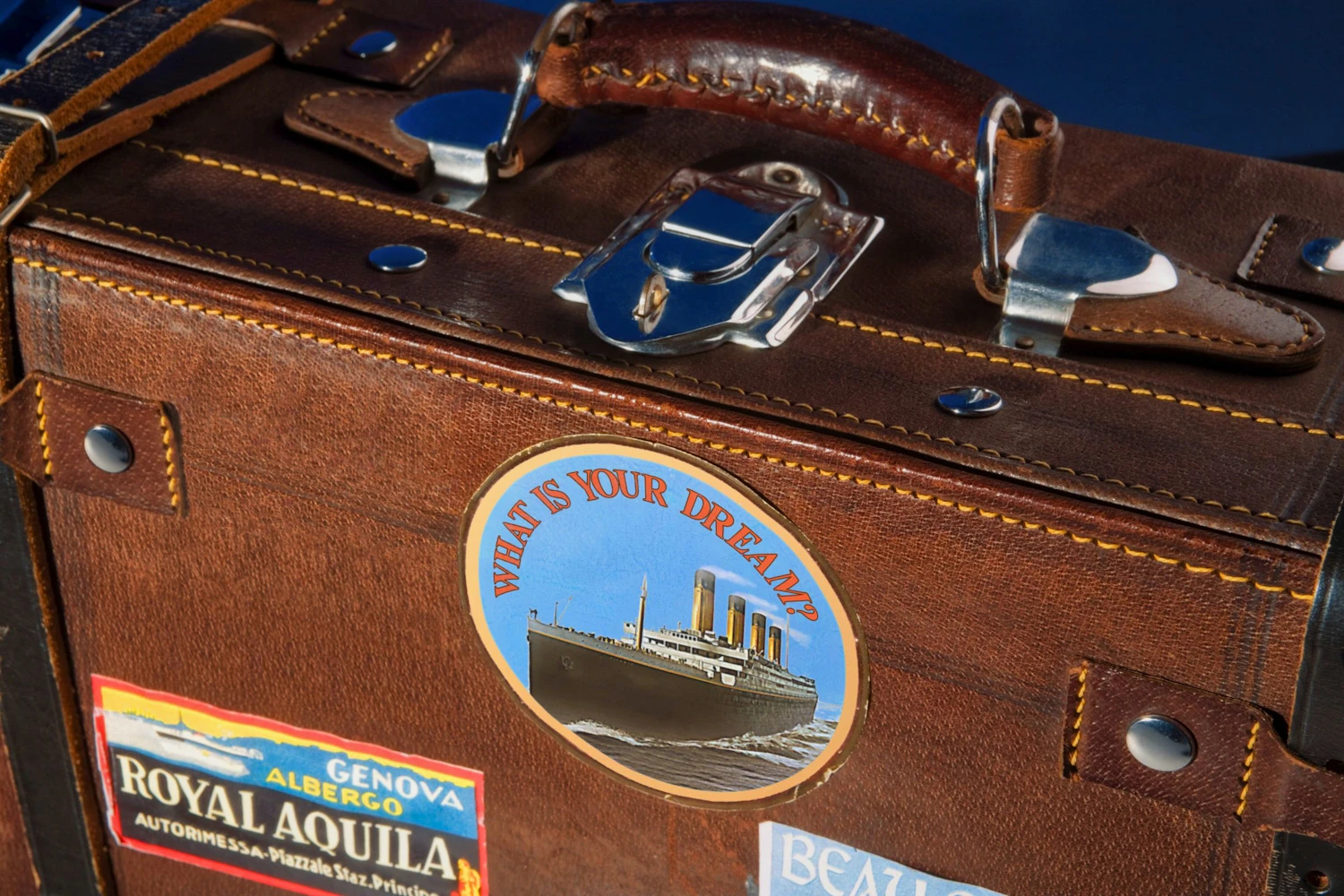01.05MON
Relay Column: Travel & Fashion – Between the Ordinary & the Extraordinary (Saki Nabekura)

PROFILE

Saki Nabekura
Assistant Professor at the College of Tourism, Rikkyo University. Specializes in tourism sociology and mobility studies. Her research focuses on temporary and fluid communication and connections at travel destinations, using case studies from guesthouses in Southeast Asia and within Japan. Her main publications include "モビリティが生み出す一時的なつながり" in "年報社会学論集" 34 (2021), and "旅先の『相乗り』とコミューンツーリズムの両義性" in "観光が世界をつくる――メディア・身体・リアリティの観光社会学," edited by Hiroshi Sudo et al., Akashi Shoten (2023), among others.
researchmap
What to Wear on a Trip
When people leave home for a trip for a certain period, what do they wear?What will you wear and what will you pack as you head to your destination? When considering the contents of your luggage, functionality and practicality are likely to be the primary considerations. Clothing and personal items are selected based on the purpose of the trip, such as business or tourism, the itinerary, and the climate of the destination. On the other hand, in tourism settings, not only practicality but also a performative aspect can become prominent. Examples of fashionable choices that enhance the trip, chosen according to different criteria than practicality, include resort fashion, the increasingly popular rental kimono or hanbok for walking around towns, and wearing "uniforms" or coordinating outfits at Disneyland.
The relationship between travel and fashion is profound and diverse. However, discussions on this theme have not been well-established so far. In this column, I would like to explore, from the perspective of a researcher of tourism and mobility, particularly focusing on tourists' fashion, emphasizing its elements of the extraordinary and the everyday.
This article is for members only.
Please register to read the rest of the article.
What you can do with a membership
- Read members-only articles
and use text-to-speech. - Unlimited article favourites
and browsing history. - Attend members-only events.
- Get the latest information
with our email newsletter.
CONCEPT VIDEO
"fashion tech news" Unveils New Logo & Concept Video
TOP ARTICLES
RELATED ARTICLES
CONCEPT VIDEO
"fashion tech news" Unveils New Logo & Concept Video
CONTACT
If you have any questions or enquiries, please enter your details in the form below.








.jpg?w=400&fm=webp)

.jpeg?w=400&fm=webp)






.png?w=400&fm=webp)

